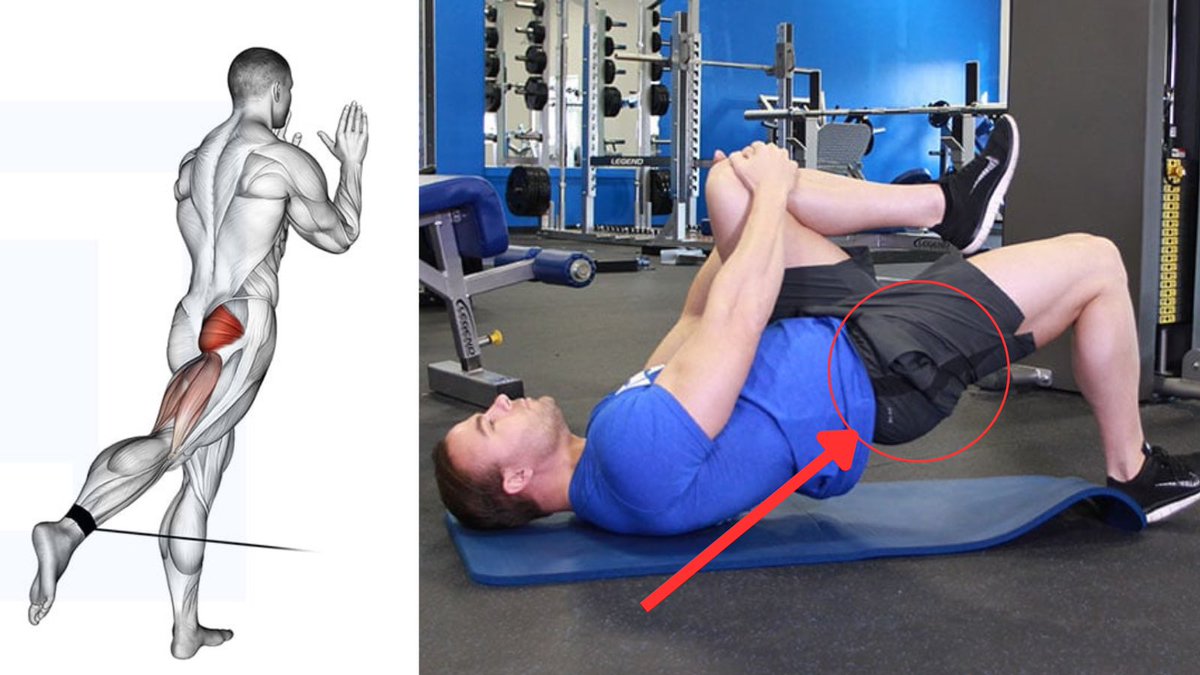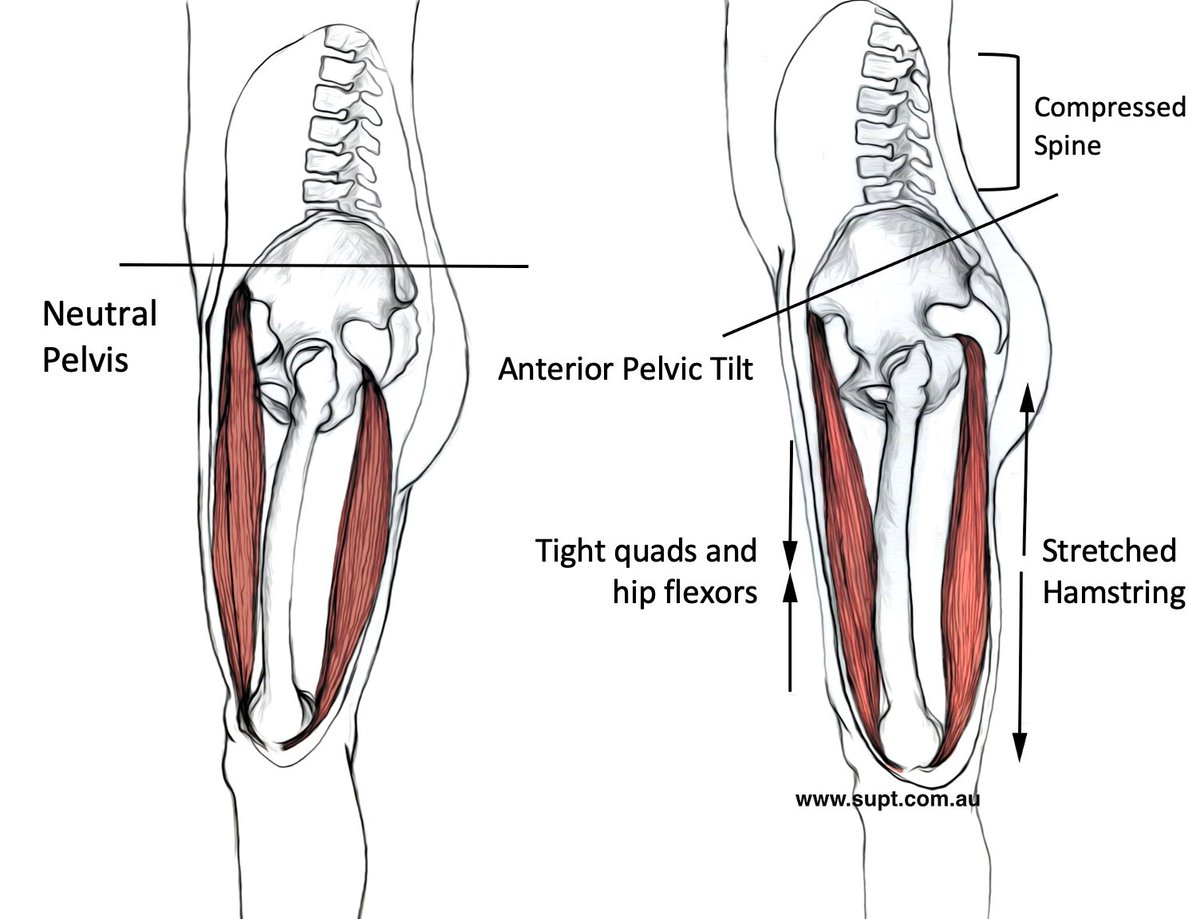A thread on how mechanics in the foot drives action at the hips
The body is made to interact & react with the ground.
Extension at the knee and hip is cued in the lower body when the foot arch falls/pronates & the supinator muscles are stretched (Neumann, 2010).
The body is made to interact & react with the ground.
Extension at the knee and hip is cued in the lower body when the foot arch falls/pronates & the supinator muscles are stretched (Neumann, 2010).

As Gary Ward says, joints act & muscles react. A stretch on a muscle will trigger it to contract.
The stretch places elastic recoil on the supinator muscles which then spring the foot back into supination upon toe-off in running and gait.
This also allows for a nice reaction
The stretch places elastic recoil on the supinator muscles which then spring the foot back into supination upon toe-off in running and gait.
This also allows for a nice reaction

up the chain that causes extension at the knee and hip.
However, if the foot is excessively pronated, the supinator muscles are constantly placed on a “stretched” position. This limits them from being able to sense the stretch needed to then spring the foot into supination.
However, if the foot is excessively pronated, the supinator muscles are constantly placed on a “stretched” position. This limits them from being able to sense the stretch needed to then spring the foot into supination.

This can have all sorts of implications.
For example, research suggests that a pronated foot can actually stress the hip more than the knee as it causes the tibia and femur to compensate inward (internal rotation), and then the hip has to pick up slack (LaFortune et. al, 1994).
For example, research suggests that a pronated foot can actually stress the hip more than the knee as it causes the tibia and femur to compensate inward (internal rotation), and then the hip has to pick up slack (LaFortune et. al, 1994).

On the other hand, if the foot is overly supinated, then pronation will be limited and the outer ankle ligaments are put on unnecessary stretch, potentially increasing risk for a lateral ankle sprain.
If you see a foot that can’t pronate well (overly supinated/high arch)
If you see a foot that can’t pronate well (overly supinated/high arch)

I’ve had success using split squat variations like a rear-foot elevated split squat with an ipsilateral load to naturally place more weight on the mid/forefoot.
The same-side load forces them to pronate more unconsciously, or else they would lose their balance. Coaching without
The same-side load forces them to pronate more unconsciously, or else they would lose their balance. Coaching without

coaching. The best kind.
Likewise, for an overly pronated foot, I want to re-educate it to sense the lateral heel upon heel strike in gait.
So I will use a contralateral (opposite-side if front foot load) in a front-foot elevated position to help them sense that heel.
Likewise, for an overly pronated foot, I want to re-educate it to sense the lateral heel upon heel strike in gait.
So I will use a contralateral (opposite-side if front foot load) in a front-foot elevated position to help them sense that heel.

For more information, see my Weightroom Training is Gait Training Webinar: Webinar: Weightroom Training is Gait Training - Volume II
• • •
Missing some Tweet in this thread? You can try to
force a refresh















